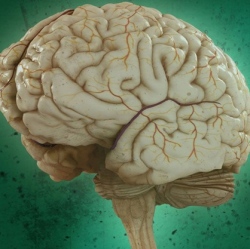
Scientists have discovered a strategy for removing amyloid clumps that are created by misfolded proteins that clump together and damage cells. They took aged microglia cells from a mouse model of Alzheimer’s disease and co-cultured them with microglia tissue from younger mouse brains.
Surprisingly, within a few days, they found that the older amyloid plaques started to rejuvenate, resume cell division, and clear the brain from plaques by engulfing them. The amyloid plaque clearance potential of aged Alzheimer’s disease microglia could be fully restored, despite the continuous loss of neurons and astrocytes.
They also found that the young microglia cells were secreting factors that helped the old microglia rejuvenate, especially a protein called “granulocyte-macrophage colony stimulating factor” (GM-CSF) which alone could do the job. Depletion of either old or young microglial cells prevented amyloid plaque clearance, indicating a synergistic effect of both populations.
GM-CSF has previously been reported to reduce plaques and improve cognition in a mouse model of Alzheimer’s disease, but it’s not yet known if GM-CSF could potentially work as a new drug for Alzheimer’s disease in humans. Also, microglia secrete small proteins that induce inflammatory reactions and may harm neurons, the researchers say.
The researchers suggest that the new model system can be explored further to search for additional factors that enhance the clearance of amyloid plaques.
